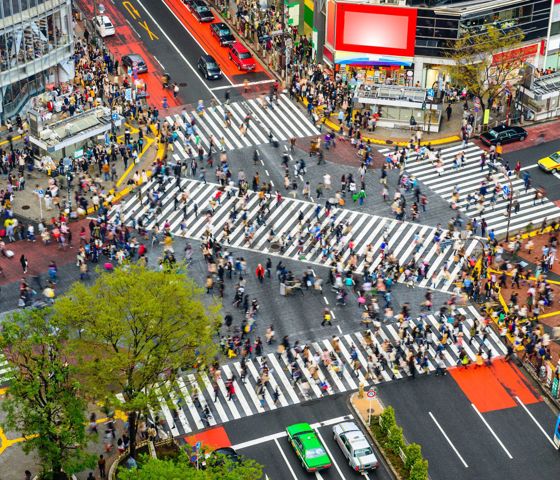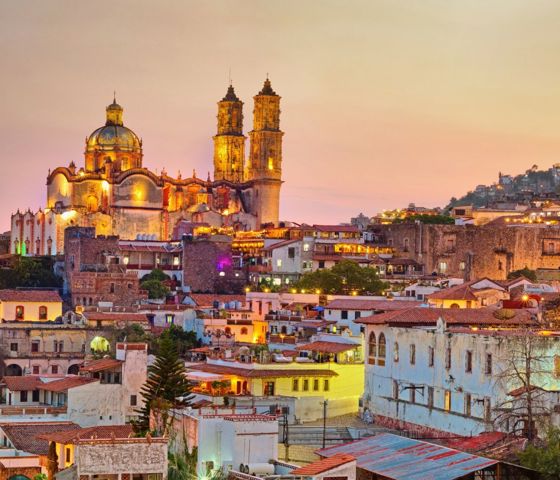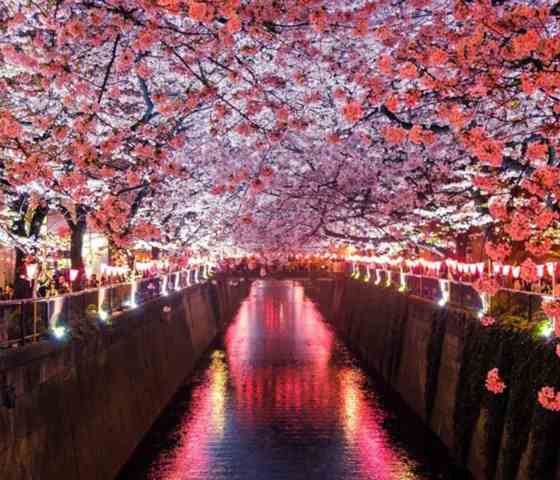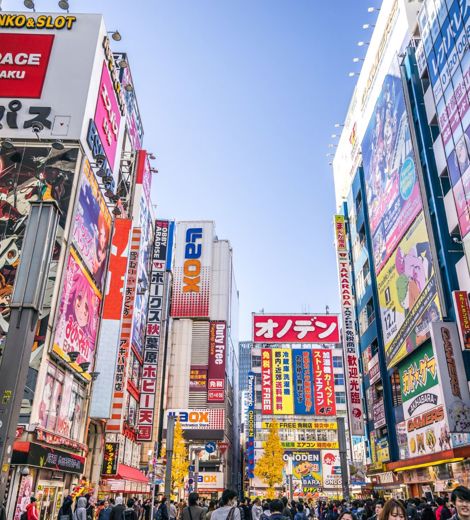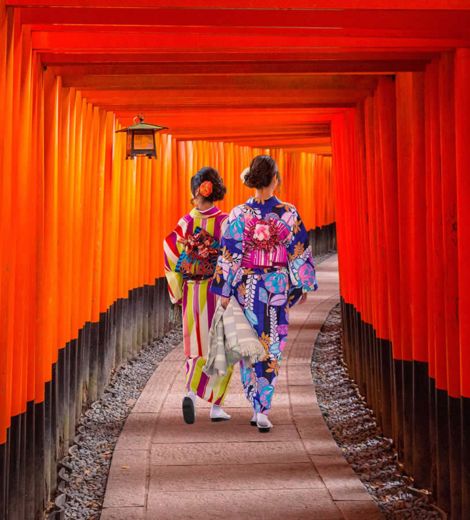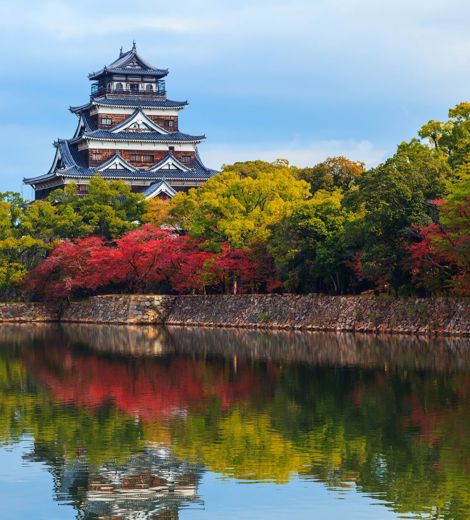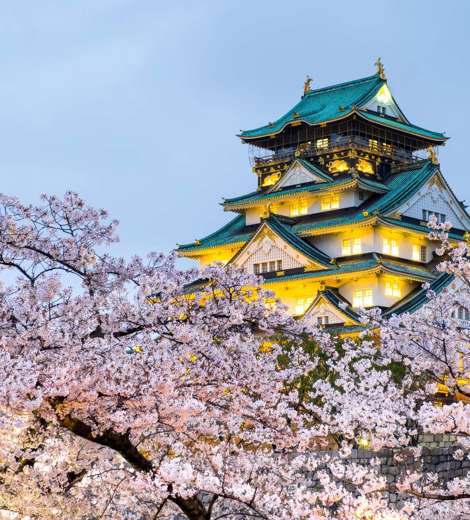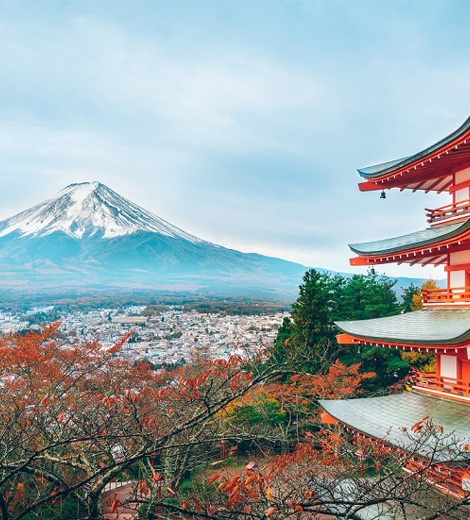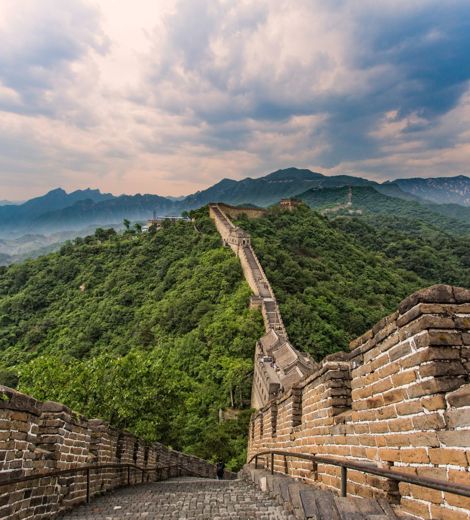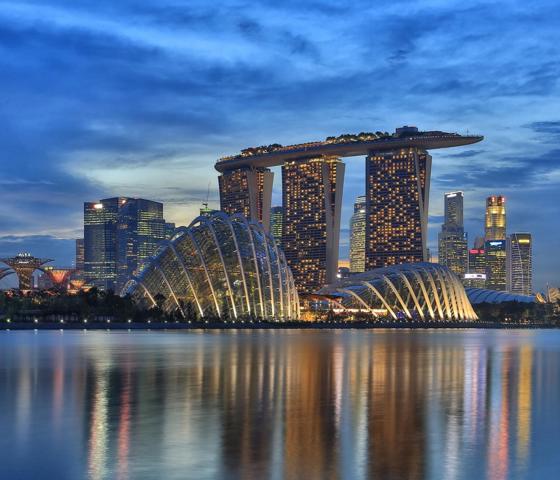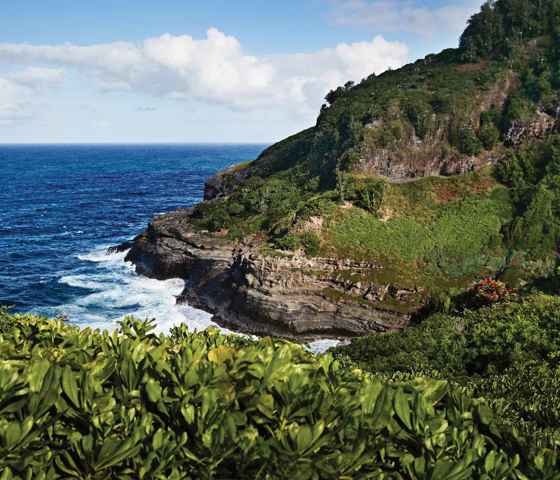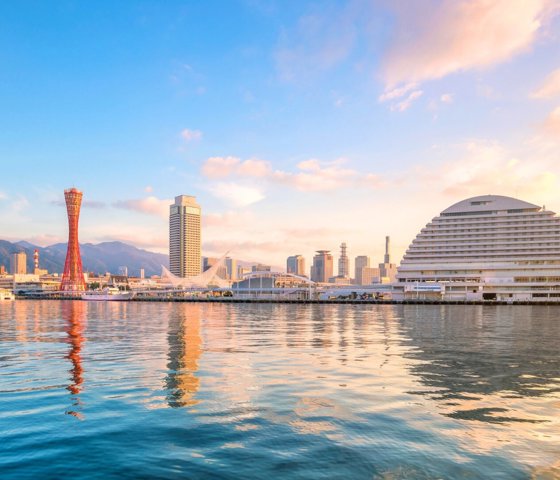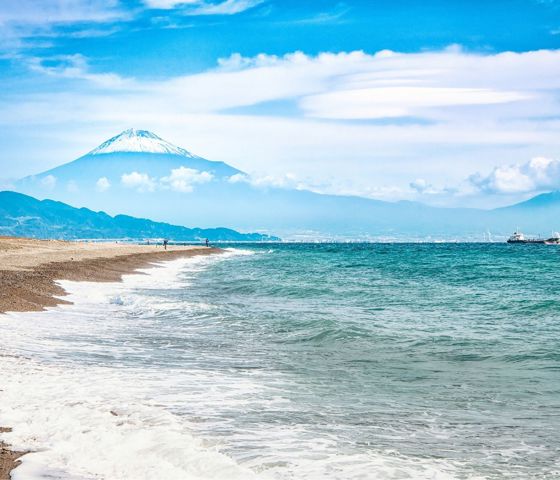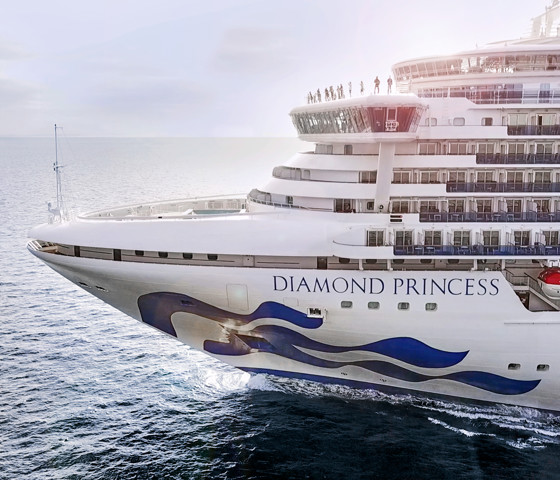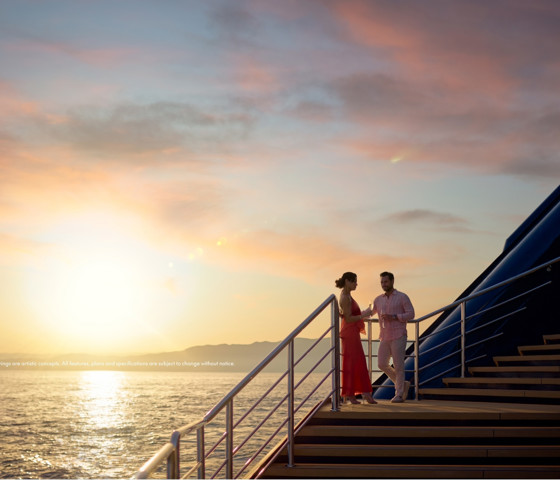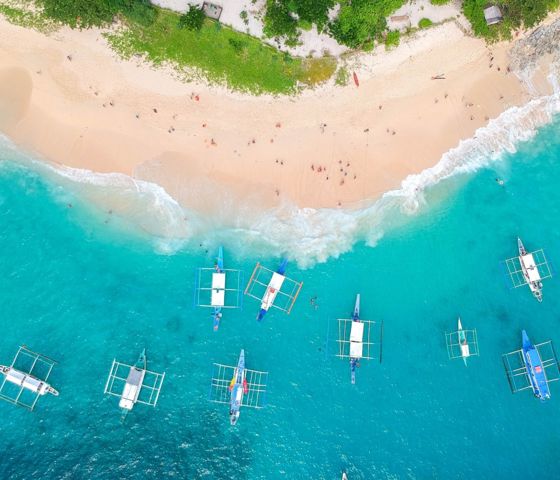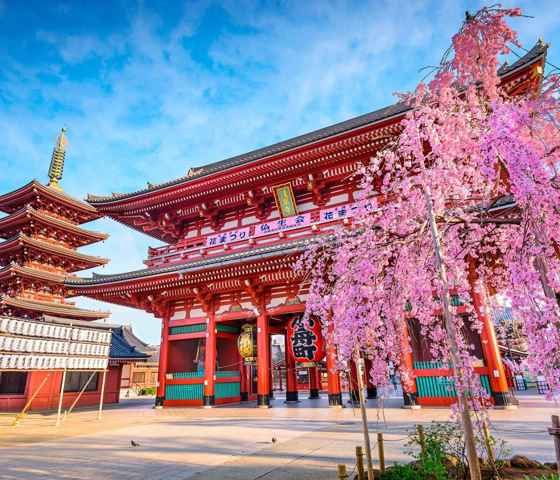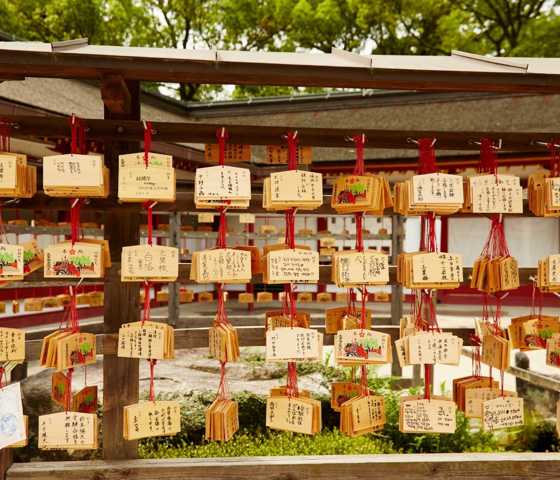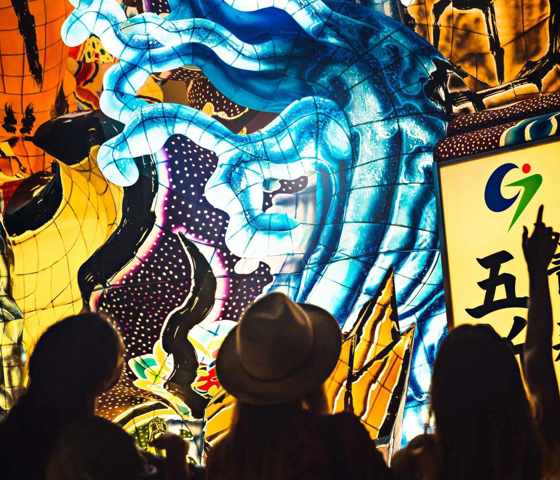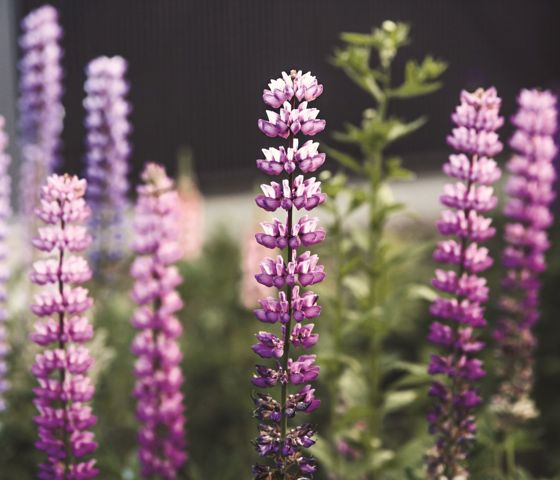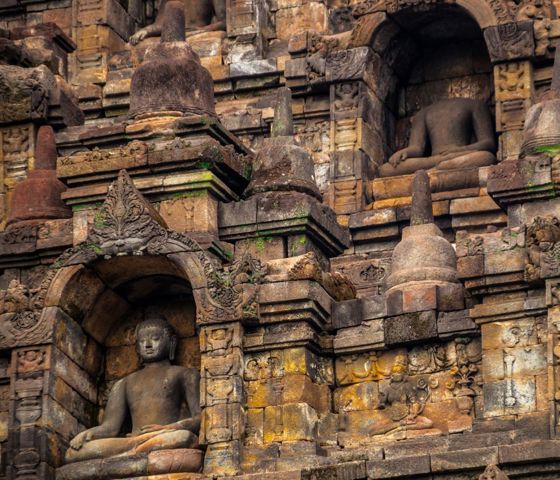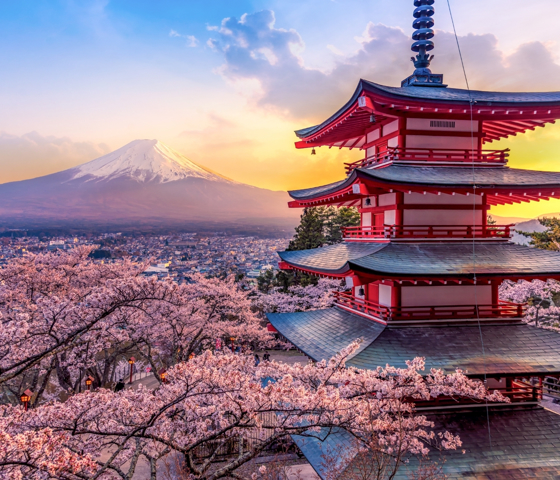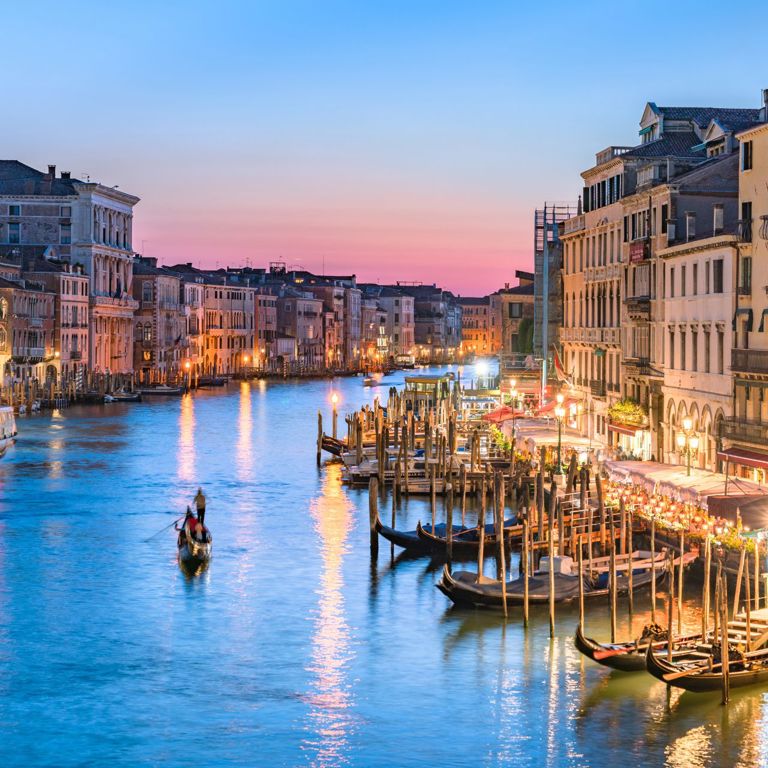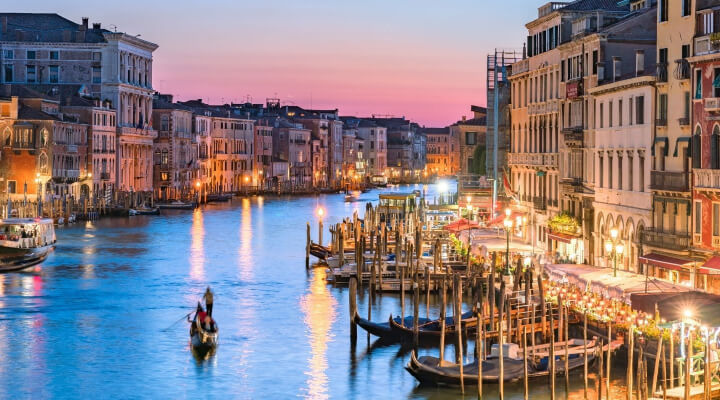From the first travel I did as a teenager I have wanted to travel the world, experience the food, absorb the culture and learn the history!!!
I have always been passionate about creating the ultimate holidays and feel that makes me the best planner of your holidays that I can be!!
I had been selling travel for over 20 years when I felt something else was needed and to the leap to be the retail manger of House of Travel Papamoa. I feel I have never looked back and enjoy leading a fantastic group of people!!
I love my job!!! I love the fact that no one holiday is ever the same and also thrive on a challenge of a complex itinerary, round the world flight or something out of the norm.
I think the benefit you get with me is the experience I have had planning and travel and the places I have travelled.
I have travelled extensively and in particular done a lot around New Zealand, Australia, South Pacific Islands, USA and Europe and find that travel opens your mind to another world full of new experiences, new tastes and an appreciation for life in general.
I have a rule that every trip I do I need to pick one unique thing to do on holiday that is un-usual or you would not do on another holiday .... I have been hot air ballooning, have been on a segway tour, have helicoptered out to an island etc.
My Travel Tips
* I am a bit of a IT geek so always travel with an adaptor that has USB ports for my IWatch, iPhone and iPad.
*Have a store of great apps that help with travel, packing, maps, closest toilet etc.!!
*Always keep in touch with your travel agent so they can keep you up to date with deals that are out for your next holiday.
*Cash passports are a MUST as safe and easy way to travel.
The best holidays are definitely created together so would love to get you in for an appointment and have a discussion about your travel dreams.
Maree







